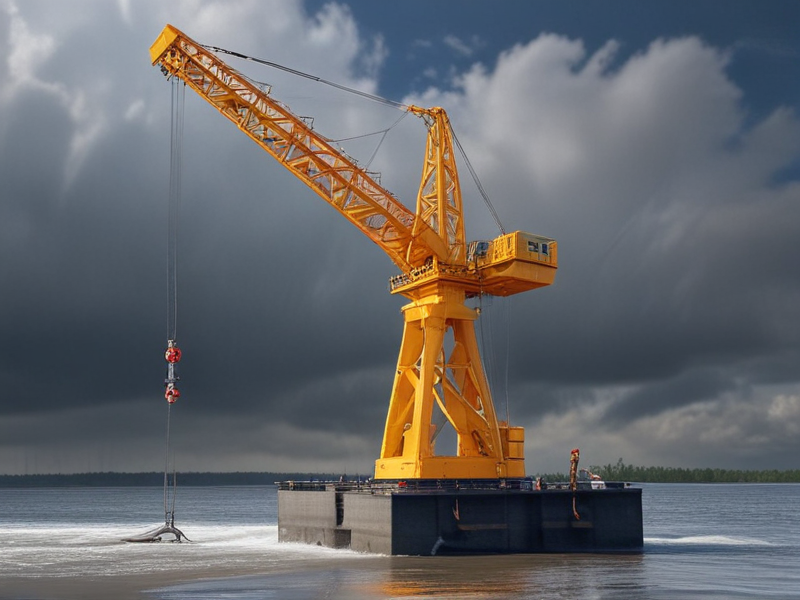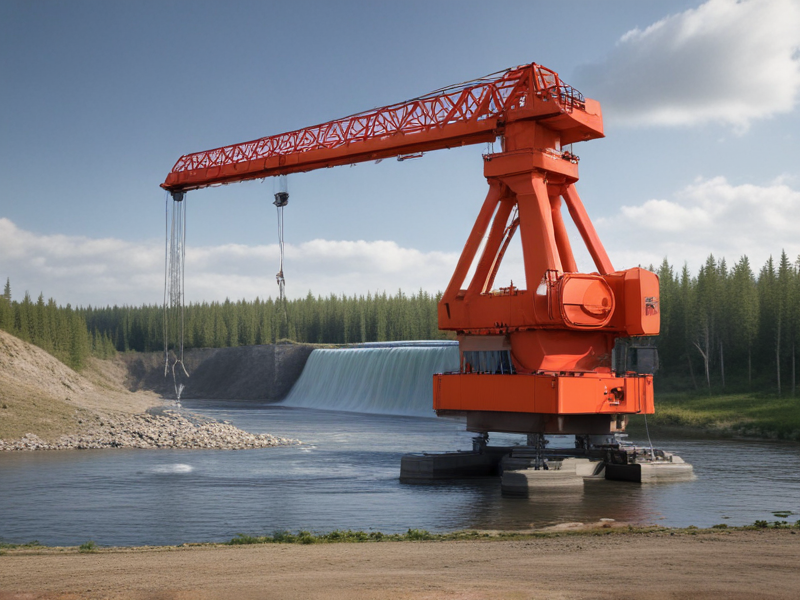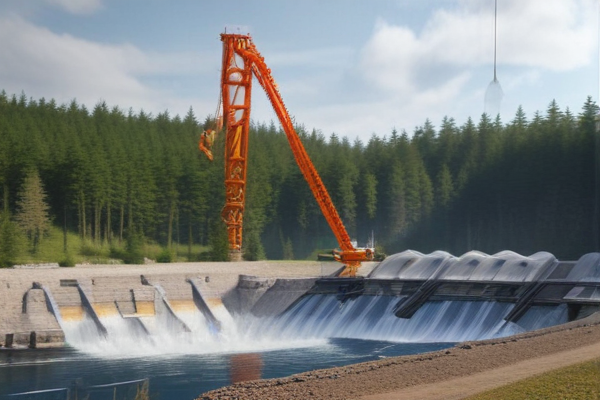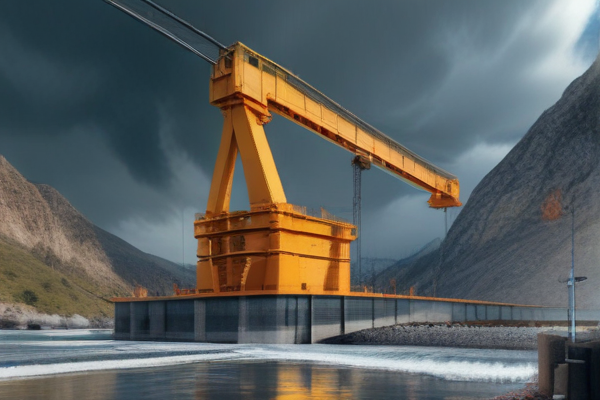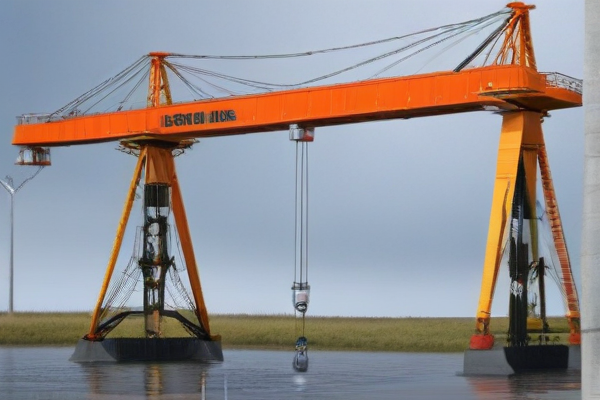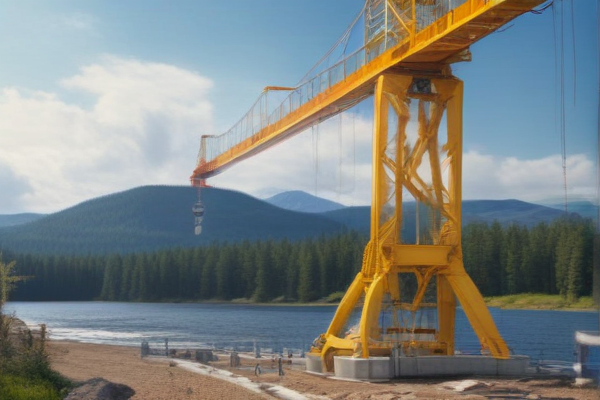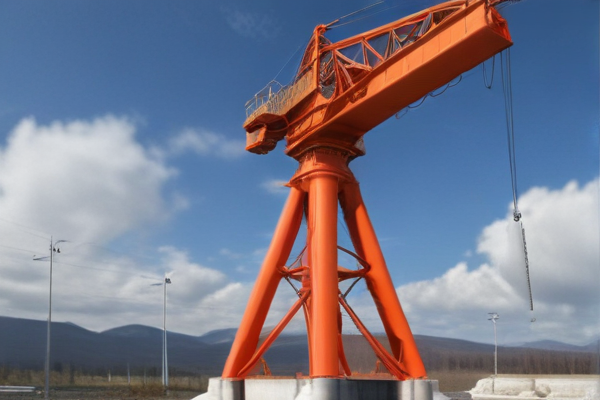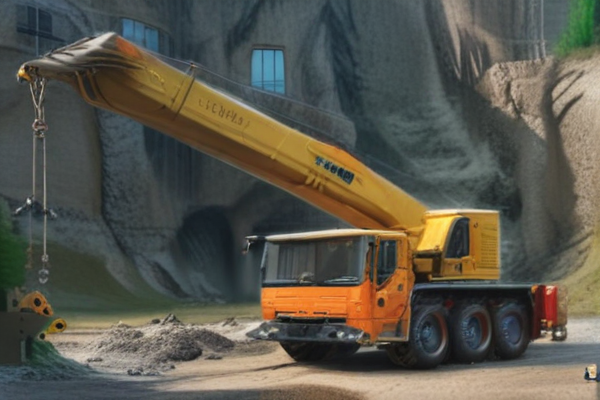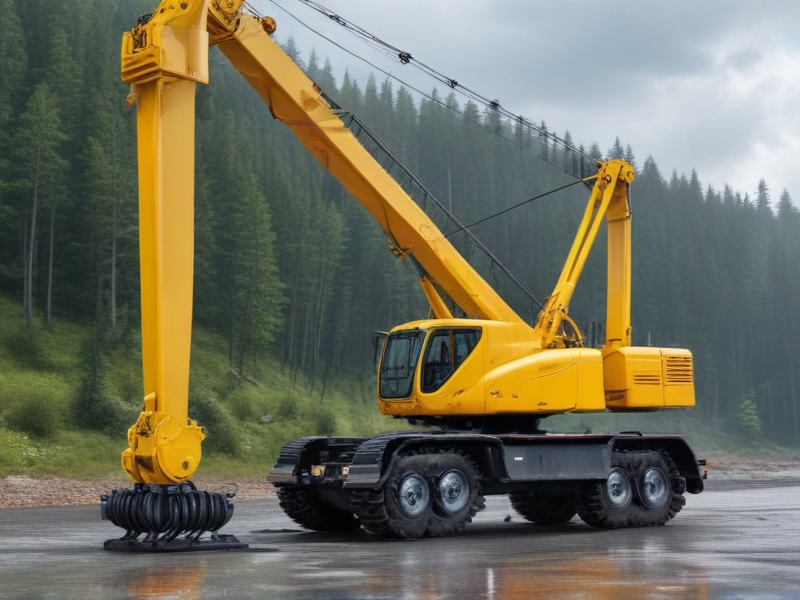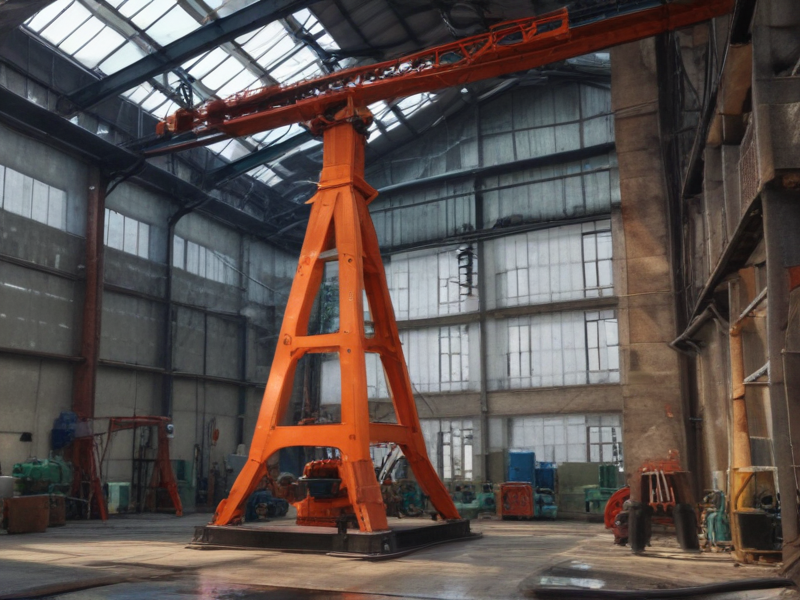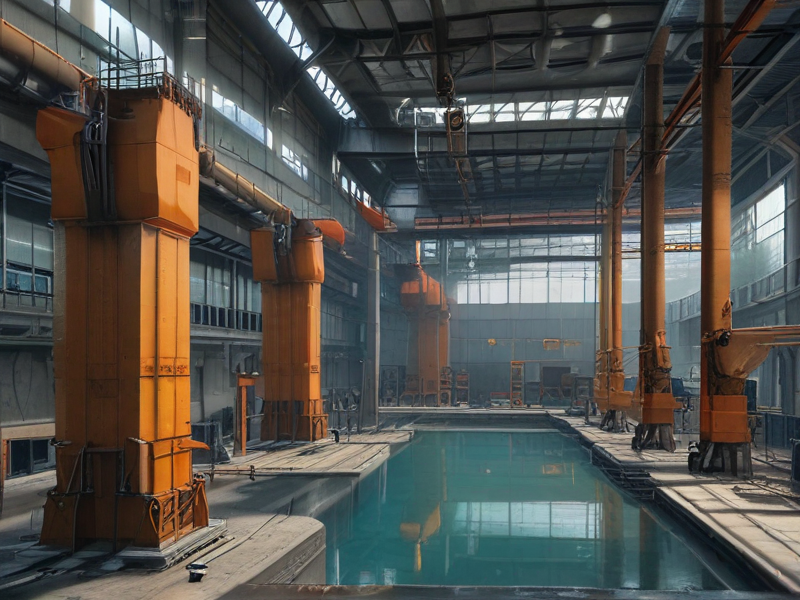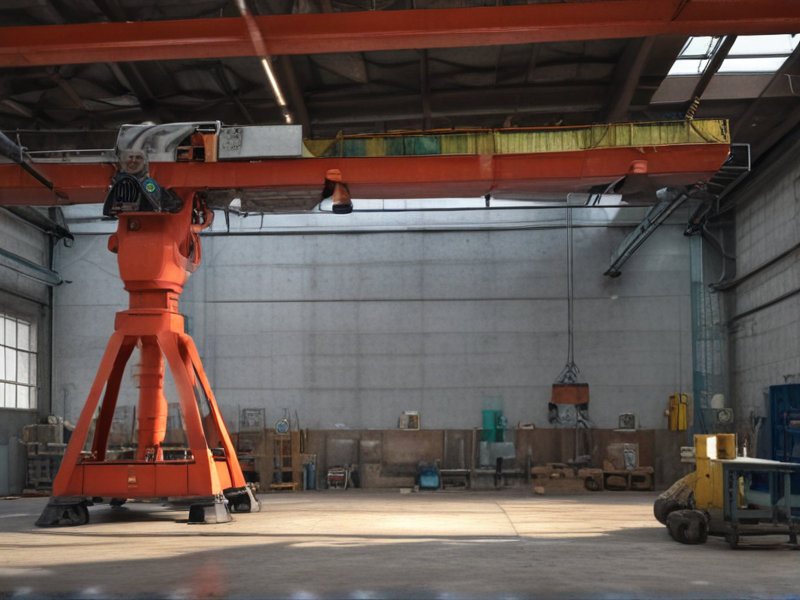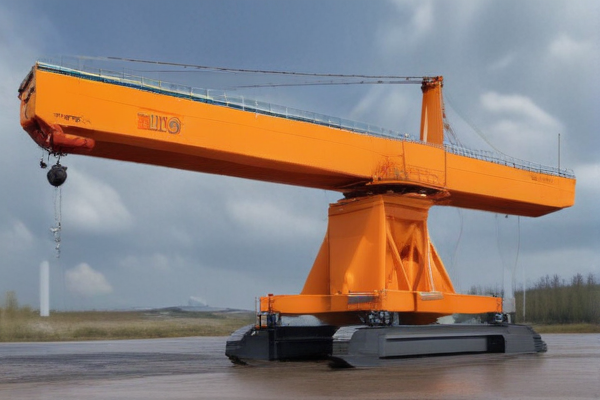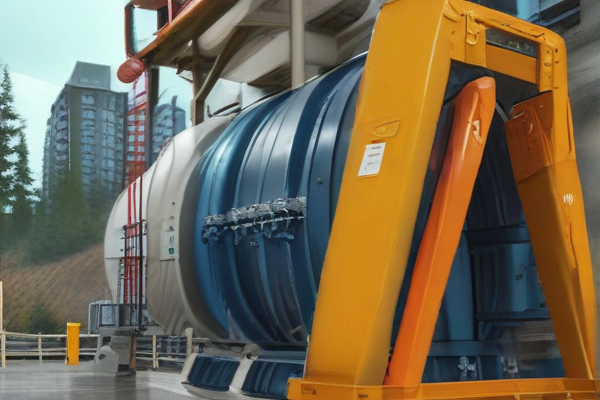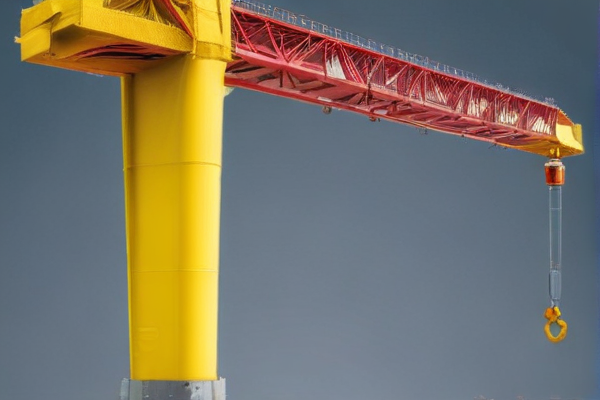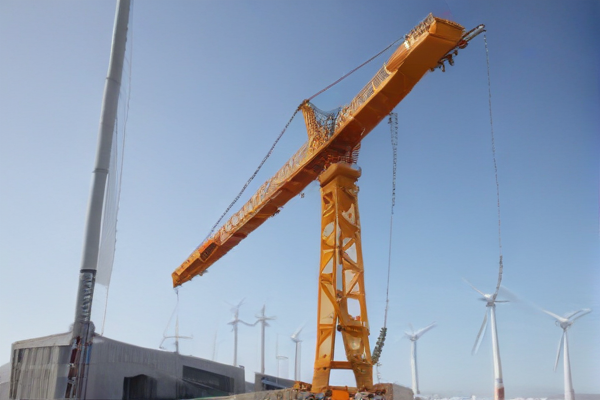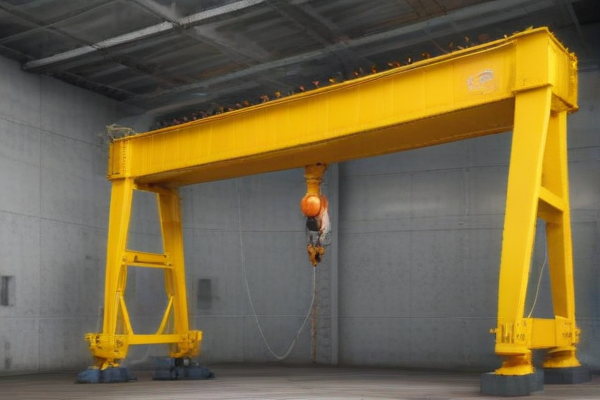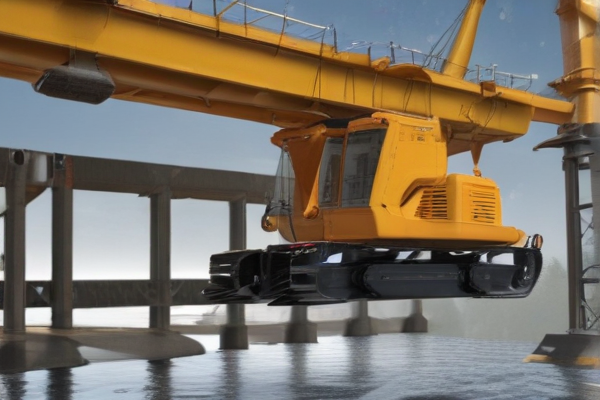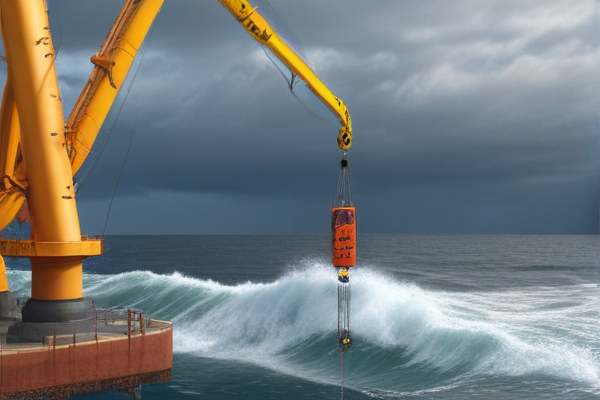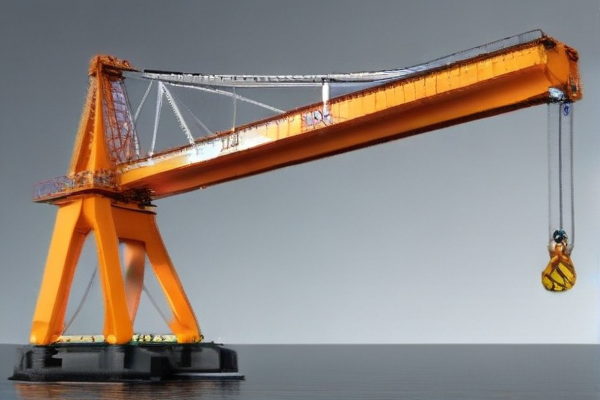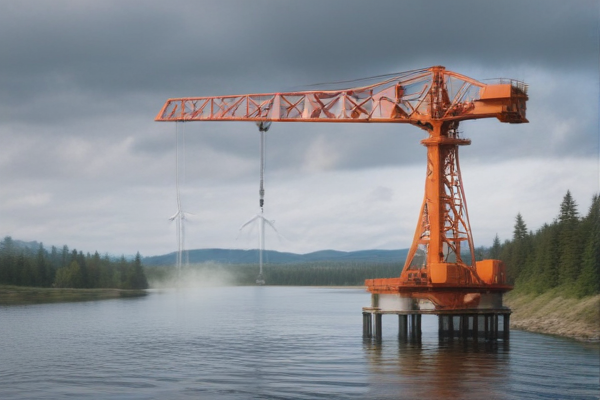Hydro Power Cranes harness hydraulic energy to perform heavy lifting tasks, making them essential in construction, shipping, and renewable energy sectors. They offer operational efficiency, reduced energy consumption, and environmental sustainability.
– Construction Sites: Ideal for lifting heavy materials, reducing labor and increasing productivity.
– Shipping Ports: Facilitates loading and unloading cargo, enhancing port efficiency.
– Renewable Energy: Used in building and maintaining hydro, wind, and solar installations.
– Mining Operations: Simplifies the handling of heavy equipment and raw materials.
– Emergency Services: Assists in disaster recovery by clearing debris quickly and safely.
– Forestry: Efficiently hauls logs and forestry products.
– Manufacturing Plants: Integral in assembling large machinery and moving heavy components.
– Infrastructure Development: Used in bridge construction, tunnel digging, and other major infrastructure projects.
– Aerospace: Crucial for aircraft assembly and maintenance.
– Automobile Industry: Used in car manufacturing for heavy lifting tasks.
– Agriculture: Helps in handling heavy farming equipment and bulk materials.
– Maritime Operations: Supports shipbuilding and repair activities.
– Waste Management: Aids in handling and sorting heavy waste materials.
– Stadium Construction: Critical for installing large structures and equipment.
– Military Operations: Used in building fortifications and moving heavy military gear.
– Urban Development: Assists in erecting residential and commercial high-rises.
– Utility Services: Facilitates maintenance and construction of power lines and poles.
– Railways: Used in laying tracks and constructing railway infrastructure.
– Oil & Gas Industry: Essential for lifting and moving heavy drilling equipment.
– Entertainment Industry: Supports the setting up of large stages and event structures.
These versatile cranes demonstrate the diverse potential and efficiency of hydraulic power in various industrial and commercial applications.

